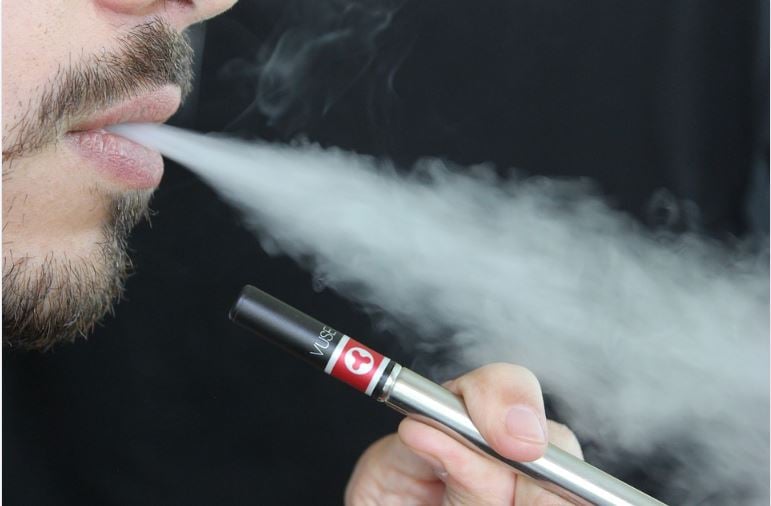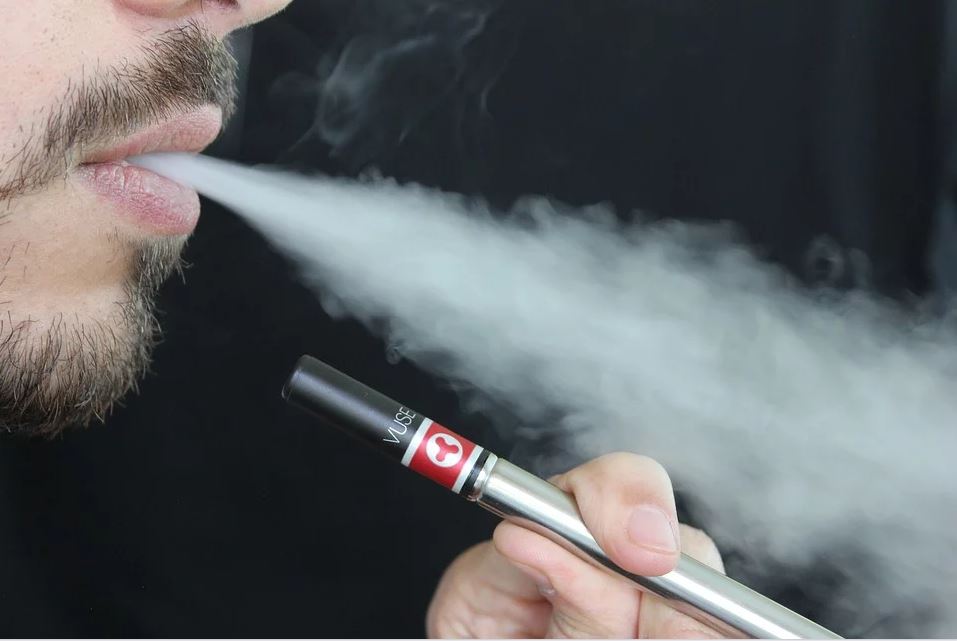
The Centers for Disease Control and Prevention (CDC) began investigating hospitalizations after use of vaping products in 2019. The outbreak resulted in lung injuries due to vitamin E acetate found in the patient lung fluid samples. Because of this investigation, as well as news of the EVALI outbreak, the CDC saw a drop in cases of hospitalizations after 2020. Yet, there are still concerns over the high number of youth who continue to use vape products.
What Is EVALI?
EVALI stands for e-cigarette, or vaping product, use associated lung injury. It first gained attention in 2019 when clusters of cases began to emerge across the United States, leading to widespread news coverage and concerns over the health of youth. The news also came when youth vaping numbers were on the rise, causing concern from state and federal governments.
Symptoms of EVALI can vary but often include coughing, chest pain, shortness of breath, nausea, vomiting, abdominal pain, fever, and weight loss. In severe cases, EVALI can lead to respiratory failure, requiring mechanical ventilation, and even death. On February 18, 2020, the CDC reported 68 deaths from EVALI across the country.
Cause of EVALI
The investigation from the CDC suggests that EVALI may be linked to the use of vaping products containing vitamin E acetate. Vitamin E acetate is a thickening agent used in some THC-containing vaping products. It was identified in the fluid samples of 48 out of 51 EVALI patients, leading to a call for its removal from products. The CDC investigation did not rule out concern over other chemicals contained in vaping and e-cigarette products that may also contribute to reported EVALI cases.
A Nationwide Response to EVALI
After the emergence of EVALI, public health authorities, and even school districts, began to put plans into action. Health officials issued warnings about the potential risks of vaping and advised individuals to refrain from using e-cigarettes or vaping products, particularly those containing THC or obtained from informal sources. Restrictions geared toward youth using vaping products have helped curb the rising number of youth across the country who vape.
In another effort to respond to health concerns, school districts have implemented vape detection to help notify administration when vapes are in use on school grounds. This deters students from using them discreetly in less-monitored parts of the school, such as bathrooms and locker rooms. Unlike a traditional smoke detector, a vape detector can detect vape particulates in the air and send notifications to the right staff at the school. Higher-end vape detectors can even distinguish THC from other vape particulates and send private notifications to certain staff to handle the situation.
Education about EVAIL helps to combat the use of vaping and e-cigarette products that pose risks for serious lung injuries and health concerns. Awareness helps deter individuals from trying products in the first place that could harm them both physically and mentally. The investigation from the CDC on EVALI helped immediately reduce the risk of further hospitalizations by creating awareness of the issue and helping identify a potential threat to public health.
Interesting Related Article: “Community Outreach and Lung Cancer Education“









